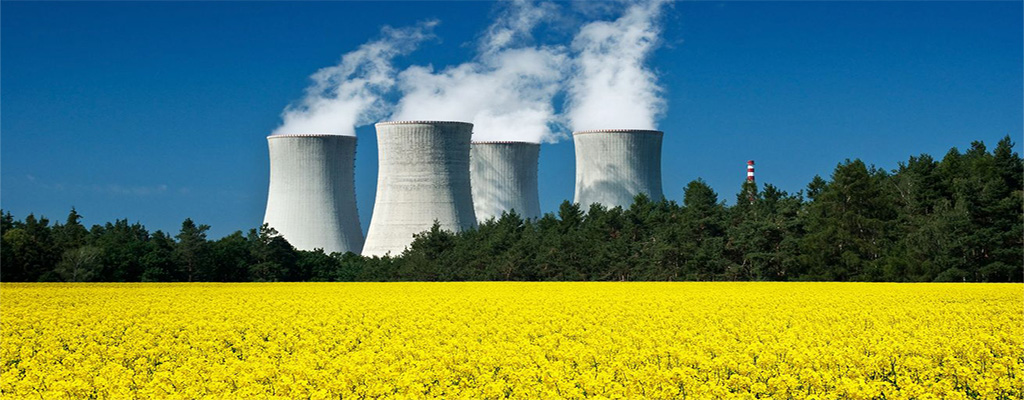The possibility of Australia using nuclear power for the first time would not have any advantages over other technologies, as similar costs savings could be achieved with renewables even if they have to be built twice over a long-term period, according to Australia’s national science agency.
The Commonwealth Scientific and Industrial Research Organisation (CSIRO) issues each year a report on generation costs, the so-called GenCost report, in collaboration with the Australian Energy Market Operator (AEMO) and industry stakeholders. This report estimates the cost of building new electricity generation, storage, and hydrogen production in Australia out to 2050, and is an important input into AEMO’s Integrated Systems Plan (ISP).
In the draft GenCost 2024-25 Report published on Monday, CSIRO provided the first detailed cost estimates for new-build, large-scale nuclear electricity generation in Australia.
The conclusions are that the report found no unique cost advantage in nuclear technology, CSIRO Chief Energy Economist and GenCost lead author, Paul Graham, said.
“Similar cost savings can be achieved with shorter-lived technologies, including renewables, even when accounting for the need to build them twice,” Graham said in a statement.
“The lack of an economic advantage is due to the substantial nuclear re-investment costs required to achieve long operational life.”
The most plausible lead time for the development of a nuclear reactor in Australia is at least 15 years, according to the report.
Even without any nuclear power generation, Australia is on track to deliver its 2030 emissions reduction target. Australia is set to cut emissions by 42.6% by 2030 compared to 2005 levels under current policy settings. That’s in line with the Labor government’s target of a 43% emissions reduction, and a much larger cut compared to the 32% reduction expected two years ago.
Australia’s current climate plan targets net zero greenhouse gas emissions by 2050, as well as an 82% renewable electricity target.
The country is also betting big on low-carbon hydrogen to decarbonize industries.
By Tsvetana Paraskova for Oilprice.com

